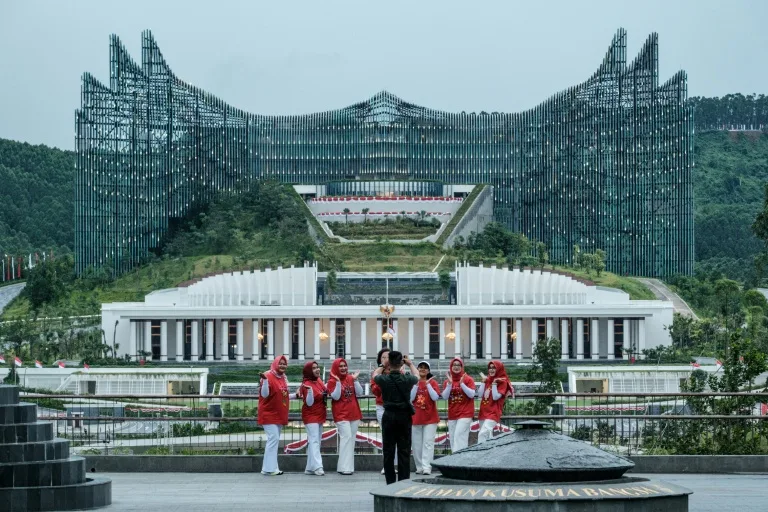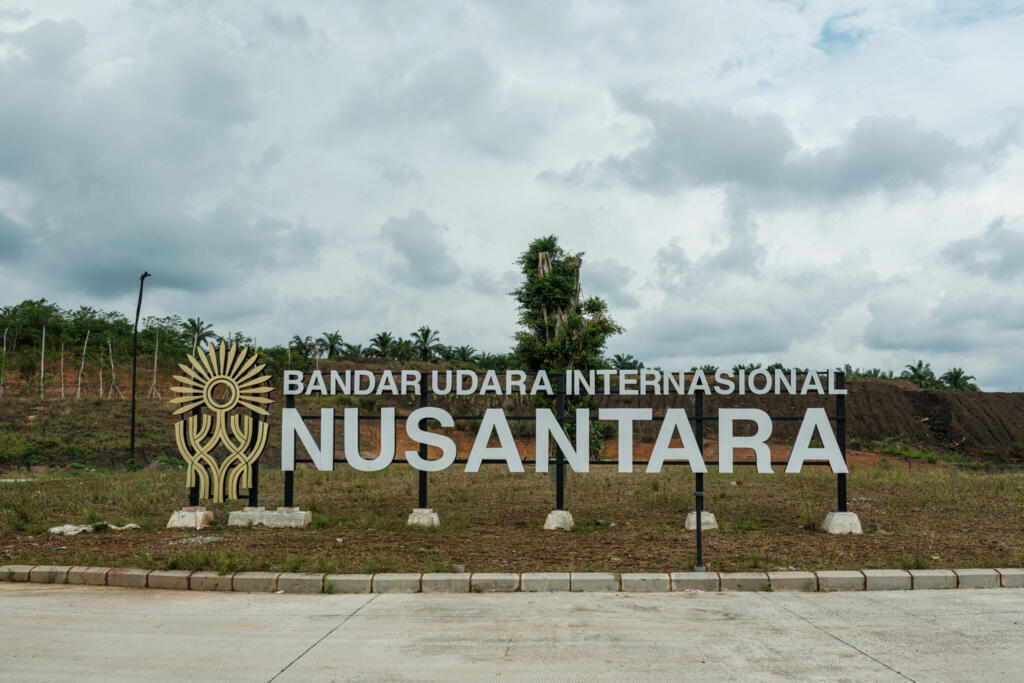A year after its flashy inauguration, Indonesia’s bold new capital Nusantara feels more like a ghost town than the “city of the future.”
Sure, there’s a dazzling Garuda-shaped presidential palace, wide new avenues, and even a handful of hospitals and coffee shops.
But look closer, and much of the city still sits half-finished — quiet, waiting, uncertain.
The project, launched under former president Joko Widodo, was meant to relieve overcrowded, sinking Jakarta.
But with new president Prabowo Subianto shifting his focus to social mega-programs, funding has been slashed and momentum has stalled.
“The political will on IKN right now feels muted,” noted policy expert Dedi Dinarto.

Dream City Or Costly Mistake?
That hesitation shows. Only about 1,000 government staff and a few hundred workers call Nusantara home.
It is a far cry from the two million residents envisioned by 2045.
Developers say just a fraction of the planned 6,600 hectares are ready.
And while Prabowo has hinted at moving in by 2028, the official decree to shift the capital remains unsigned.
Still, not everyone is discouraged. Locals like Helena, a city worker, say the facilities already offer “an amazing level of comfort.”
Tourists flock to the palace plaza for photos, calling it “really cool.”
Yet snack sellers grumble about shrinking business and warn the buzz has faded.
Without a stronger push, critics fear Nusantara risks becoming Asia’s most expensive “white elephant.”
The question now: will it soar, or sink into the jungle?





